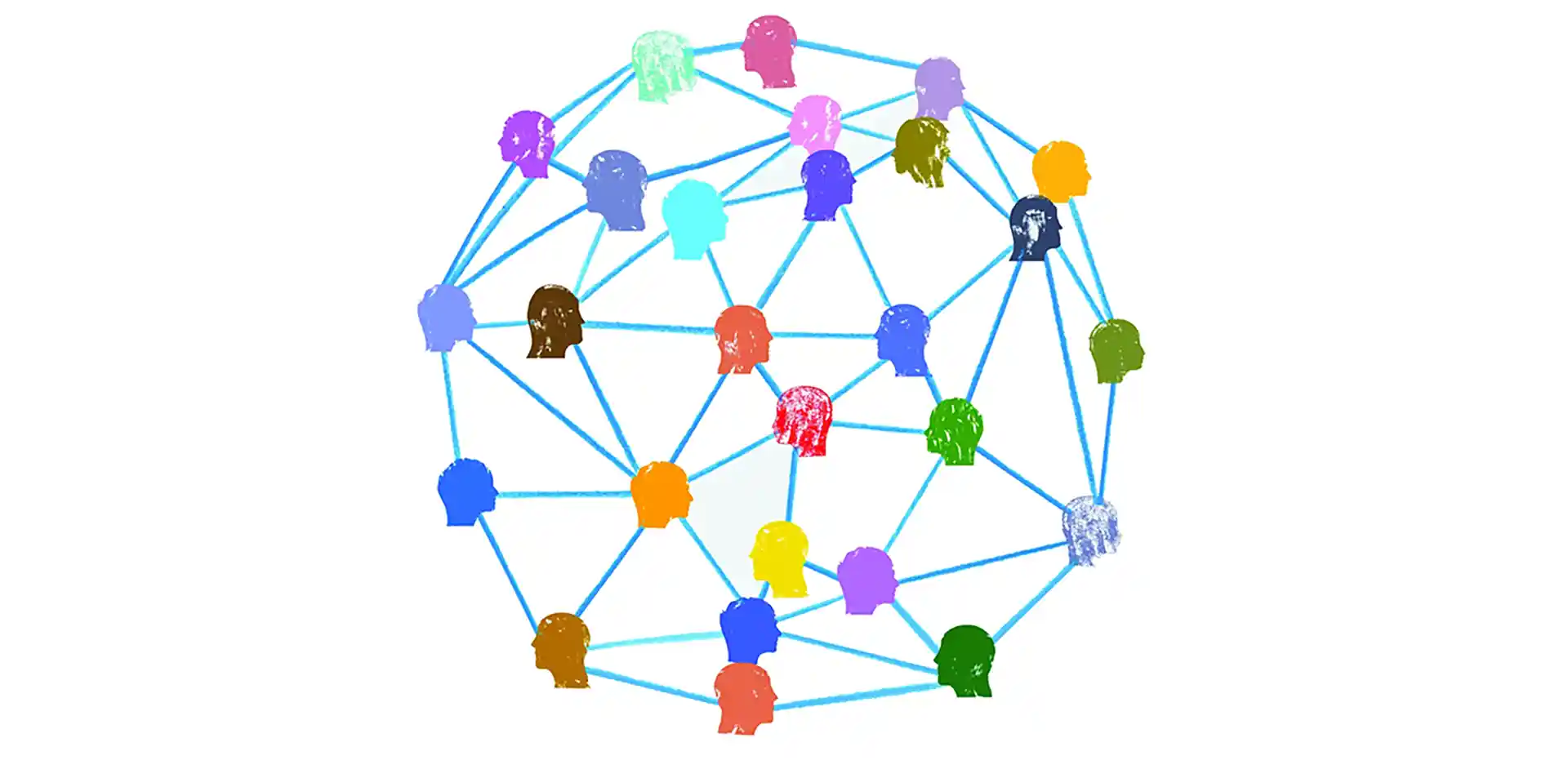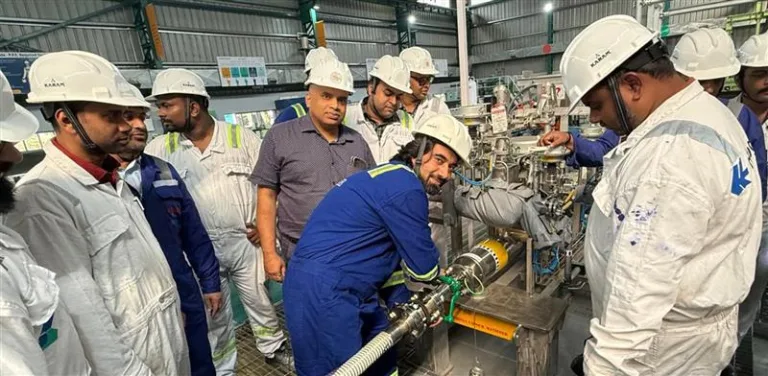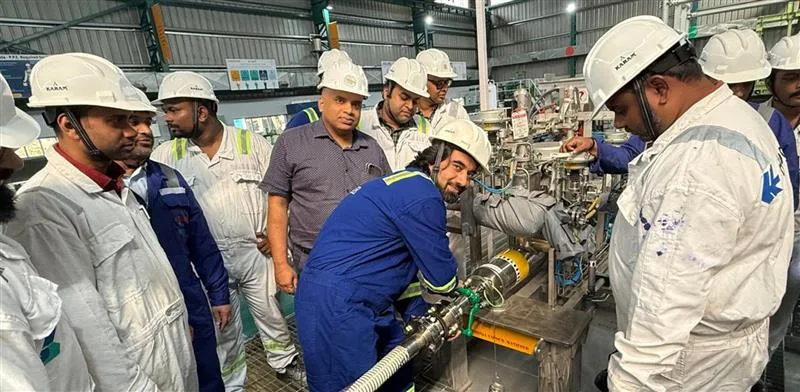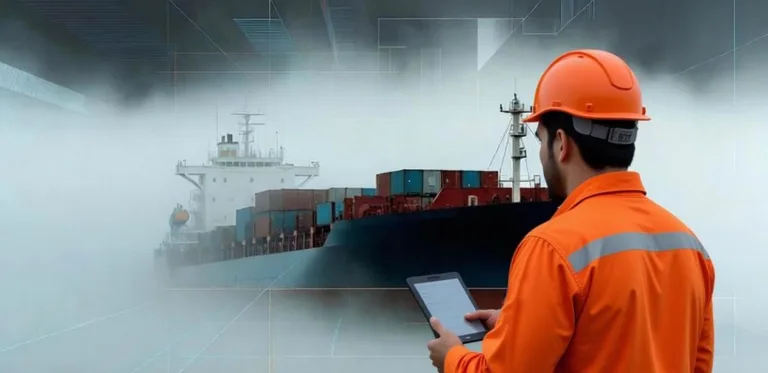When shipboard activities don’t go as expected and when there are incidents happening, the organisation often wonders why such a thing would happen despite having a comprehensive safety management system (SMS).
The company is left pondering why failures have occurred despite the Safety Management System (SMS) being written in such details to cover all outlined shipboard tasks. As a base expectation, we expect this ‘system’ to deliver as imagined.
The question is, ‘is SMS a system or merely a set of procedures?’
Understanding the system
A system, by definition is:
“A group of interacting, interrelated, or interdependent elements working together as parts of a mechanism, or interconnecting devices functioning/programmed to deliver a specific function” e.g. – traffic light system, computer system, alarm system, etc.
A ‘system’ may also be a “set of principles and procedures according to which something is done”, SMS of the company is, in principle, a set of disciplines, procedures, processes, derived from company core values, industry guidance, best practices, regulations, experiences, learnings and various other checks and balance system. The SMS by itself is ‘NOT’ programmed to function, SMS can only deliver if the most important element associated with it is able to perform – which is “Human”: that is, the people working in it.
For an effective SMS to deliver, we need the humans associated with the SMS to perform as intended. To achieve this, the organisation needs to practice human performance principles and make constant efforts to adjust and enhance human performance initiatives at all levels. The leaders in the organisation must understand how their roles, actions and behaviours, can make THE big difference in human performance and overall organisational performance.
Hence the need for a broader understanding of Human Performance, Human Reliability, and the influence of organisational and team leadership on these elements becomes more critical.
Leadership and Human Performance: Dr. Todd Conklin’s Five Principles
Dr Todd Conklin, a leading expert in human performance and safety leadership, outlines five essential principles in his book “The Five Principles of Human Performance”. These principles are pivotal for leaders, sub-leaders to understand and apply if they wish to drive organisational success through enhanced human performance.
1. Error is normal
Errors are an inherent part of human nature – an “unintentional deviation from an expected outcome.” The key word here is “unintentional” highlighting that errors are not deliberate. Leaders must recognise that errors are inevitable and that their systems should be robust enough to tolerate predictable errors. In a well-designed system, people can work safely even when errors occur because these errors are anticipated and mitigated.
A weak system expects perfect workers. If a simple error triggers a major failure, then it is a system issue rather than a people issue because the system should have been designed with tolerance of predictable errors. Errors are signals, not pure failures. Therefore, errors should be seen as signals or opportunities for learning & improvement than a reason to ‘fix’ people.
2. Blame Fixes Nothing
Blame is a major demotivating factor, and it is about time organisations evolved from a blame culture. That said, people should be made accountable and should demonstrate a willingness to learn and improve from errors and failures. Creating a culture that prioritises learning over blame is crucial for long-term success. It’s important to note that fostering accountability does not mean punishing errors, but rather encouraging a willingness to learn and improve.
3. Learning and Improving is Essential
Continuous improvement is the lifeblood of any successful organisation, and it starts with a commitment to learning. A “learner mindset” should be cultivated across all levels of the organisation, encouraging individuals to constantly seek ways to enhance their skills, processes, and systems. Learning from both successes and failures ensures that the organisation is always moving forward. It’s important to recognise that learning and improvement are not one-time events but ongoing processes that require dedication and a proactive approach.
4. Context Drives Behaviour
The context in which people operate significantly influences their behaviour. Often, when failures occur, the focus is on the individuals involved – the “sharp end” – but the true root of the issue often lies in the broader organisational context. Leaders must examine the environment and circumstances that led to the behaviour, rather than simply correcting the individual. Older approaches to human performance often emphasised constant behaviour correction without addressing the underlying factors that influenced those behaviours. Organisational, job and leadership factors play a crucial role in shaping the context that drives behaviour. Leaders should act with honesty and transparency, recognising that they, too, are human and capable of making errors. Importantly, behaviours do not have a root cause; it is influenced by a complex interplay of factors, making it essential for leaders to adopt a holistic view when addressing issues.
5. How You Respond Matters
A leader’s response to failure is critical in shaping their team’s performance and the overall organisational culture. While success is easy to manage, failure tests a leader’s true character. Leaders must step forward, take responsibility when things go wrong, and be visible and supportive during difficult times. How a leader responds to failure can either motivate or demoralise their team. It is essential for leaders to engage with their teams openly, leading from the front, and demonstrating resilience in the face of adversity. Equally important is recognising and celebrating success, giving credit to the team members who contributed. This balanced approach to both failure and success helps build trust, respect, and a strong sense of team cohesion.
Human performance & reliability
Human performance is the sum of behaviours, actions, and results. Understanding the ‘why’ behind every task has an overall effect on the HP. Reliability is the ‘probability’ that humans perform to produce the expected result. Errors cause a dip in human reliability. Errors-traps can be caused due to human, organisational and job factors. Such factors can be assessed and acted upon to minimise the impact through regular engagement routine with people at all levels using them to adjust the processes dynamically.
So, let’s not be surprised when some part of the SMS didn’t work. Human performance is the most critical factor for the good outcome of any safety management system. The SMS is made with acts as imagined; in reality, the tasks may be carried out a bit differently. To bridge the gap there is a need for active feedback and engagement process. People need to be heard. Meaningful, purposeful & impactful conversation must happen regularly to make processes more effective and doable. Let’s try to push the SMS closer to the people than try to push people towards SMS.
Studies prove that highly engaged staff are five times less likely to have an incident and seven times less likely to have a lost time injury (LTI) than less engaged staff.
Effectiveness of these engagements depends on how the leaders conduct the sessions. Keep a ‘people first approach’, try not to ‘preach’, show concern and be honest’, ‘listen, allow them to speak’, create an easy and friendly environment to discuss with adequate psychological safety, provide a fearless environment. Treat them as experts in their roles; let them speak on their challenges and solutions, be collaborative.
Challenges and constraints of tasks are visible to the people those who do their tasks. There should be a culture developed for post activity discussions for reflecting on how the job was done and where there could be hidden areas that trigger future hazards. By developing a culture of learning after success, we can also create an environment to eliminate error chains and complacency. This is also known as ‘Learning from Normal Work’.
While we have ‘toolbox talks’ at the start of the job, lets also allow time for ‘tool down talk’ after the act. Here we could understand the gap in work as imagined and work as done.
To summarise, the Safety Management System (SMS) is a set of disciplines, processes, and procedures to define the way the company intends to function. Human performance & Human reliability are essential to make the SMS function effectively to deliver the desired results. Leadership, Organisational & job factors are key elements to influence the human performance & reliability – hence we need to drive Human Performance which in turn will drive organisational performance to excellence.










